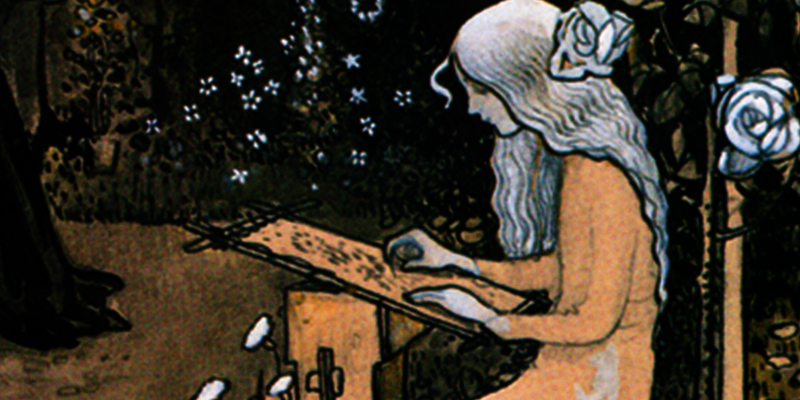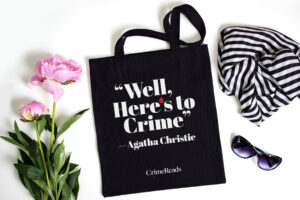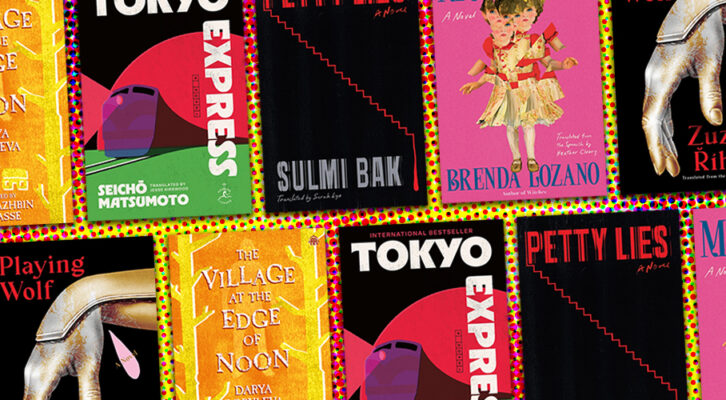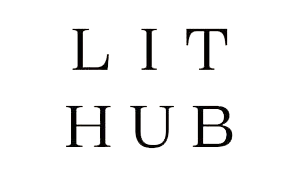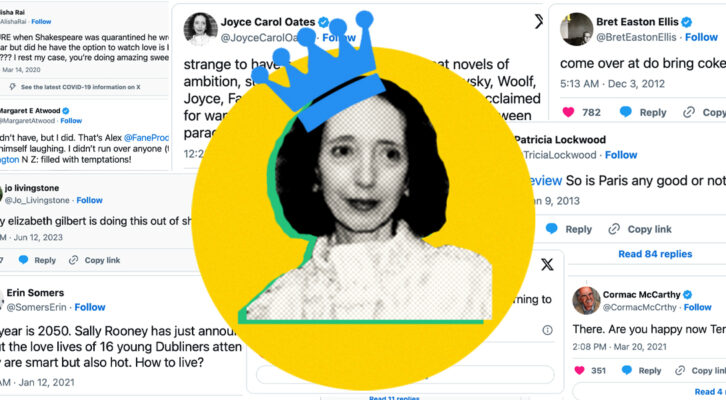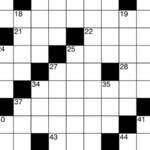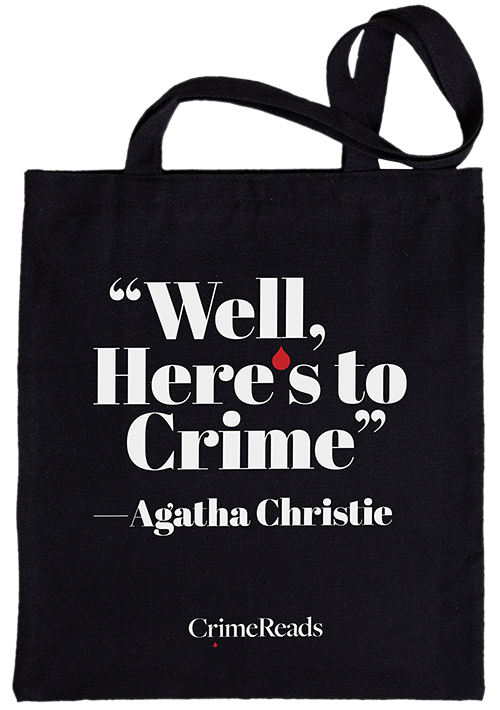I’ve long been fascinated by darkly feminist novels, books that keep me riveted by—and sometimes rooting for—complicated characters who embrace moral grayness and revenge, or who simply do what must be done in impossible situation. Whether you see these characters as anti-heroines or just women trying to survive is a Rorschach test for where your true sympathies lie, making these books ripe for debate in book clubs and Reddit threads. And either way: who can deny the vicarious thrill of experiencing life through the fictional eyes of a woman who doesn’t care what’s expected of her; who breaks rules and takes charge of her destiny by any means possible, whether right or wrong?
Adult fiction has been blessed with an abundance of darkly feminist thrillers, from Luckiest Girl Alive by Jessica Knoll to the more speculative Vox by Christina Dalcher and The Power by Naomi Alderman. But darkly feminist reads aren’t just for adults—and they don’t necessarily feature overtly polarizing questions or characters (like Gone Girl’s Amazing Amy).
The darkness can be more subtle.
The feminism can be a vibe.
In the multifaceted world of YA specifically, I consider darkly feminist thrillers to be books that highlight feminist perspectives or themes without glossing over the darker side of life and its harsh realities. They incorporate aspects of traditional thrillers and crime novels, with a heroine unraveling a secret about her world (and those closest to her). They use layers and nuance to help make their point—and they often incorporate speculative elements, offering a wide scope of high-concept plots, imaginative settings, and fantasy to captivate readers. In my own young adult debut, Nothing Bad Happens Here, I explore nautical myths, seaside crime, wealth inequality, the joyful chaos of female friendships, and the depths of feminine rage as my heroine is forced to make some bold, hard choices in a world where there are no black-and-white answers.
Daughters of Eve by Lois Duncan was my first darkly feminist read. I was in middle school when I picked it up, and it shocked me at the time. The teenagers in Duncan’s books have always struck me as grown-up women, their cares and responsibilities so much heavier than mine, but I was quickly drawn into the story of a group of teens under the spell of a charismatic teacher. When bad things started happening to one of the female characters—and when this close-knit group went to dangerous lengths to get well-deserved revenge—I felt uneasy and confused… and so intrigued that I couldn’t stop reading. The writing is urgent and intense, rivaled only by an ending delivered in a “where are they now” pastiche that haunts me decades later. Published in 1979 and banned at times for the themes depicted and alluded to, this novel feels like the matriarch to the film Promising Young Woman (featuring two of my favorite actors, Jennifer Coolidge and Molly Shannon!) or to Mindy McGinnis’ young adult novel, The Female of the Species.
The Female of the Species begins with small-town protagonist Alex, who admits right up front that she knows how to kill someone—and that she doesn’t feel bad about it. A shocking and disturbing revelation, until the reader discovers the reason why. But this isn’t a celebration of teen vigilantism, no matter how well-deserved. Told in alternating viewpoints that explore Alex’s sister’s murder, this novel is violent and edgy . . . not for shock value, but in the service of telling a powerful story that doesn’t shy away from themes of anger, the legacy of crime, and the dangers of rape culture. This novel will leave readers reeling at its heart-pounding ending.
On the surface, The Belles by Dhonielle Clayton is a completely different read: a YA fantasy that wraps the reader up in a lush narrative with stellar worldbuilding and romantic will-they-won’t-they subplots. Camellia Beauregard is a Belle, a young woman who’s chosen to wield the power of Beauty and who vies to become the Queen’s favorite in a cut-throat court. But dark secrets line the gilded halls of the palace, and Camellia will have to make a dangerous decision. Come for the tiny elephants and extravagant gowns, stay for the plot twists. But this page-turner is more than skin-deep: it’s bursting with themes of beauty and pain . . . and will leave readers thinking about the commodification of personal appearance, and how images can be used to manipulate (in ways that feel extremely relevant in a world awash in Sephora hauls, beauty filters, and plastic surgery). This skillful portrayal of a hierarchical, image-obsessed society is well worth sharing and discussing with the teen and adult readers in your lives.
Another novel whose themes feel particularly timely is Needy Little Things by Chenelle Desamours. This speculative YA mystery/thriller features a teen with a unique, secret gift: Sariyah Bryant can actually hear what people need. But right after she helps a friend fulfill one of their needs, that friend disappears—and that’s not the first time someone close to her has gone missing. Facing the police and media’s lack of urgency in the case, Sariyah decides to investigate with only the help of her friends. As she tries to unravel the case, she’s also dealing with tough situations at home: her mother loses her job while her brother grapples with a serious illness, and Sariyah must make a fateful decision. This isn’t a story of revenge or rebellion, but it’s an unflinching look at the compromises and burdens young women face (in addition to dealing with themes of racism, injustice, and mental health). This riveting mystery will keep you turning the pages and reaching for a Kleenex.
Sawkill Girls by Claire Legrand uses speculative and horror elements to tell a more overtly feminist story about a town where girls have disappeared for decades, their bodies never to be found. Rumors abound that they’ve been taken by a monster, an evil presence that belies the beauty of the island, and close friends Marion, Zoey, and Val are thrown into darkness and conflict when Marion’s sister Charlotte joins the ranks of the missing girls. This eerie novel blends thriller elements with the complexities of female friendship, love, and feminine rage as long-buried secrets and horrific truths are unearthed by three main characters facing both human and supernatural darkness. Readers will be drawn in by the atmospheric, twisting mysteries of the island of Sawkill and be heartened by themes of courage, inner strength, and solidarity.
And, of course, there’s always Nancy Drew. Perhaps the plots are less dark, but this iconic “girl sleuth” is a feminist icon nonetheless.
***

